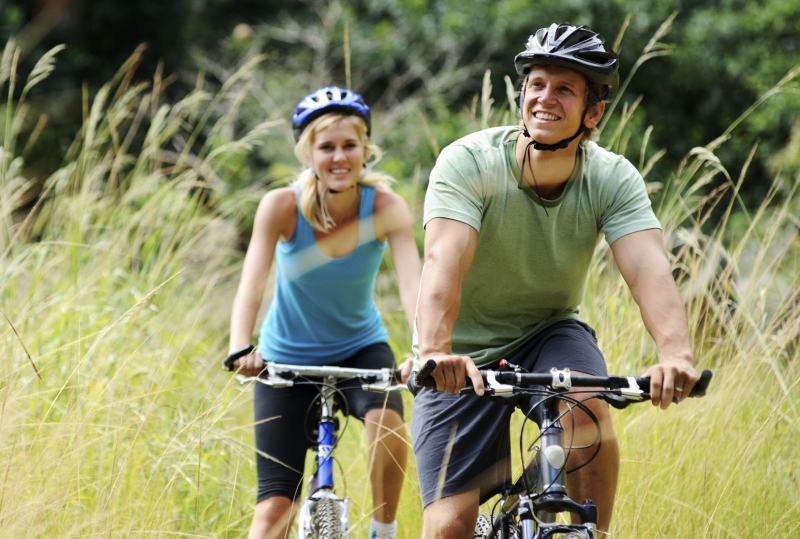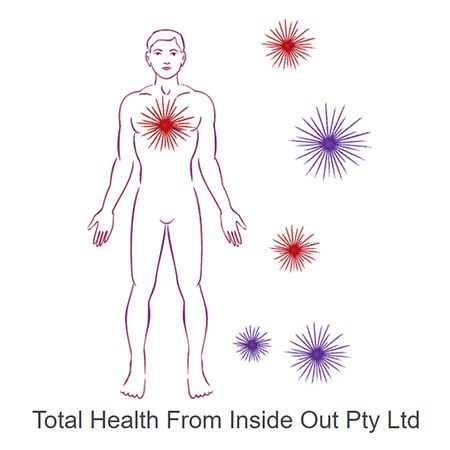
If you're looking for a way to improve your fitness and have fun at the same time, think about taking up cycling. Most Australians learn how to ride a bike when they are young and then give it up after they learn to drive, but they never forget the joy of cycling. It's never too late to experience that feeling again and once you do, it will make getting fit only your secondary reason for hopping on your bicycle and going for a ride. If it's been awhile since you last rode, this brief beginner's guide to cycling can help get you started in the right direction.
Who Can Benefit from Cycling?
One of the beauties of cycling is anyone who is fit enough to exercise at any level can do it. It is a low-impact activity that can be enjoyed even by those who may not be able to jog, power walk or go bushwalking. If you are very unfit and find any kind of exercise fatiguing, you can hop on a bike and ride in low gear on a flat surface and still reap the health benefits of cycling. If you are super-fit, you can challenge yourself with hill climbs, races and long distance cycling.
Types of Bicycles
In order to get the most out of cycling, choosing the right bicycle for your level of fitness and cycling preferences is essential. Today, there are a number of types of bicycles on the market, each of which is geared towards a particular type of rider:
- "Pushies" or standard bicycles are the easiest to ride. They may have only one gear or may come with 3 or more gears, but they are all designed mainly for riding on hard, relatively level surfaces at a slow to moderate pace. Their upright handlebars and wide seats make them comfortable to ride.
- Road bikes have lots of gears (up to 24), drop handlebars and very narrow tyres. You don't need to be a Tour de France rider to handle a road bike, but they are designed for serious riders.
- Mountain bikes enjoyed an explosion in popularity in Australia in the nineties and continue to be best sellers throughout the country. Mountain bikes are designed for use on all types of terrain. Their wide tyres enable you to ride on soft surfaces and their deep tyre treads grip the track, enabling riders to handle steep mountain trails and hairpin turns. Many mountain bikes come with front and/or rear suspension, which comes in handy on bumpy back trails. All of them come equipped with at least 21 gears and many have 24 gears.
- Hybrids are mountain bikes designed for everyday use. They often come standard with wider, more comfortable seats than other mountain bikes and more upright handlebars. A hybrid is ideal for the rider who wants to be able to comfortably ride both on and off the road and doesn't aspire to plunge headlong down a near vertical mountain slope.
Essential Gear
Aside from your bicycle, the one essential piece of gear you will need is a helmet. Not only is a helmet a good idea for any rider, it is the law. Other than that, you don't really need to buy any special clothing or footwear to get started. Shorts are preferable to long pants and if you do wear long pants, tuck them into your socks or secure them some other way to make sure the cuffs don't get tangled in the chain. A pair of joggers is fine for footwear, but tuck the laces into the shoes for the same reason. As you progress, you may want to buy specially designed cycle "knicks" with padded buttocks for greater comfort.
If you are planning on working up a sweat, a water cage and bottle are a must and if you're going to be riding off-road, you will need an emergency repair kit. These come with everything you need for fixing a flat tyre or doing emergency repairs when you need to. It is also a good idea to have a flashing rear light attached. Bicycles become virtually invisible at dusk and are hard for vehicles to see even on cloudy days.
Health Benefits of Cycling
Cycling is one of the best activities you can do for cardio-vascular fitness or weight loss. Simply getting on your bike and going for an hour's ride at a steady pace can burn 1200kJ and if you ride a bike for half an hour a day for a year, you can burn off up to 5kg of fat. At the same time, you will be building strength in your leg muscles and buttocks. These benefits are yours for the taking without even trying hard. If cardio-vascular fitness and weight control are your goal, you can add a heart rate monitor and calorie counter to your list of essential gear and monitor your progress over time.
You will probably find that the more you ride, the more and harder you will want to ride. As a beginner, you will probably be satisfied with a slow ride around the block or to the shops and back. It won't be long, though, before you will find yourself exploring larger swathes of your neighbourhood or local parks and fire trails. Before you know it, you will have greater strength and endurance than you ever thought possible and will have shed those extra kilos of fat that resisted all the diets and exercise programmes you tried before.
Originally published on Aug 18, 2011








